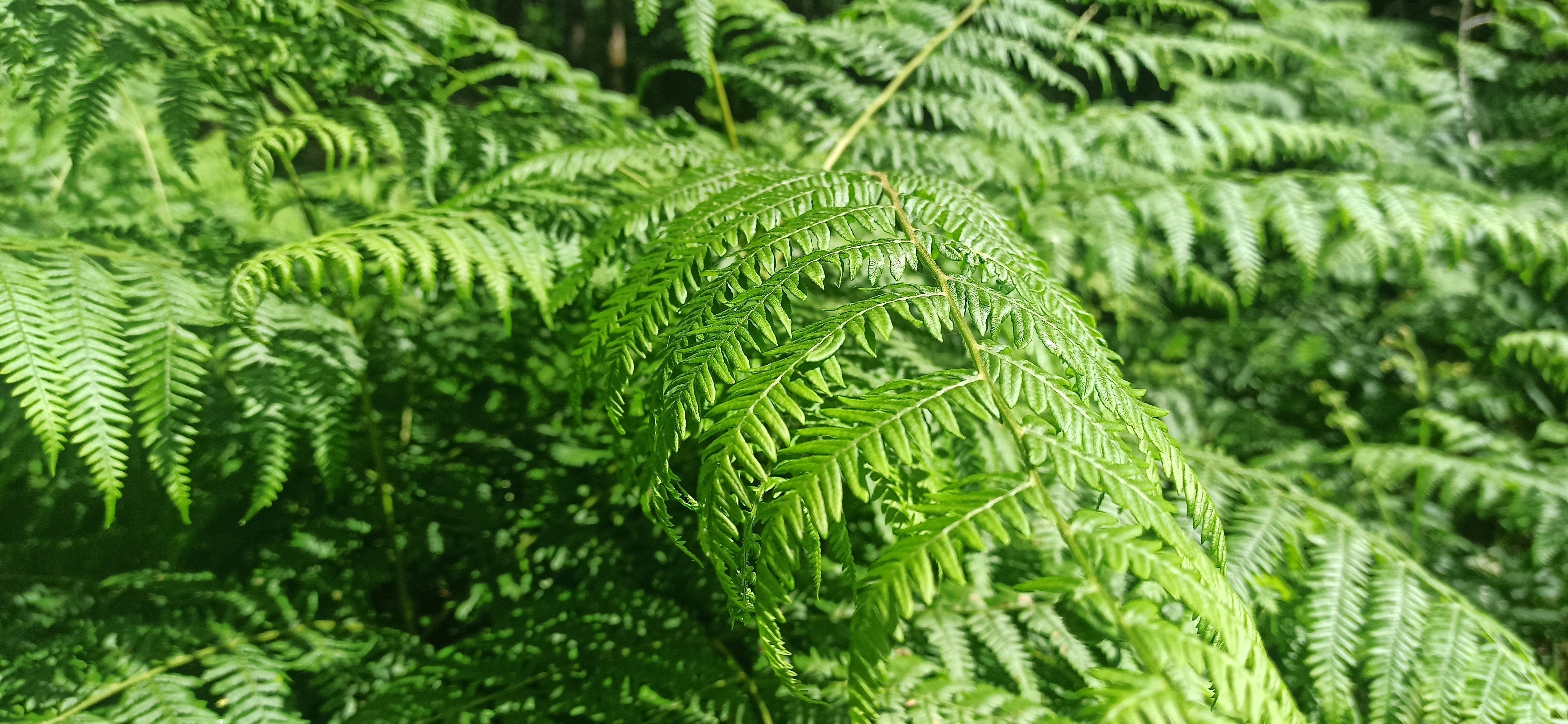Goodbye to Asulox for Bracken Control: Exploring the alternatives

Recommended alternative: Roundup ProVantage 480
For many years, UK landowners have used the herbicide Asulox to tackle bracken. However, the recent changes mean that Asulox is no longer available for purchase. This article will explore this and suggest some alternative bracken control methods.
Asulox: A farewell to a bracken buster
Asulox herbicide, containing the active ingredient asulam, was a popular choice for bracken control. Asulam functions as a systemic herbicide, meaning it is absorbed by the plant and transported throughout its tissues, ultimately killing the plant. This results in a slow decline in bracken growth, often with minimal impact on surrounding grasses and other plants in the following season.
Reasons for saying goodbye to Asulox
The withdrawal of Asulox stems from stricter regulations around pesticide use. While Asulox was previously granted emergency authorisation for use in recent years, the manufacturer decided not to pursue full re-registration due to the significant investment required for additional testing.
Alternatives for bracken control: Picking up where Asulox left off
While Asulox is no longer available for purchase, there are still ways to keep bracken under control. Here are some options to consider:
Mechanical control techniques
- Bruising: This involves using a flail mower or similar equipment to repeatedly damage the bracken fronds as they emerge in spring. This weakens the plant over time.
- Pulling and cutting: For smaller areas, manually pulling up bracken fronds or repeatedly cutting them back throughout the growing season can be effective. Be aware that this is a labour-intensive method and requires persistence.
Chemical control using glyphosate
One of the primary chemical alternatives is glyphosate, specifically products like Roundup ProVantange 480. This herbicide, containing glyphosate as its active ingredient, is a viable alternative to Asulox. It's a non-selective herbicide, meaning it will kill any plants it comes into contact with, so careful application is crucial, and users must adhere strictly to application guidelines to mitigate any potential environmental impact and ensure the safety of surrounding ecosystems.
Choosing the right bracken control method
The best method for you will depend on several factors, such as the size of the area, your budget, and your comfort level with using herbicides.
- For small areas: Mechanical control techniques like pulling or cutting can be effective.
- For larger areas: Consider a combination of mechanical and chemical control. You can weaken the bracken initially with mechanical methods, followed by a targeted application of glyphosate to control persistent pockets.
Important Note: Always consult the product label for specific instructions and safety precautions before using any herbicide.
